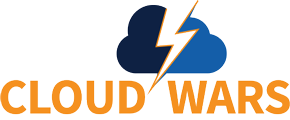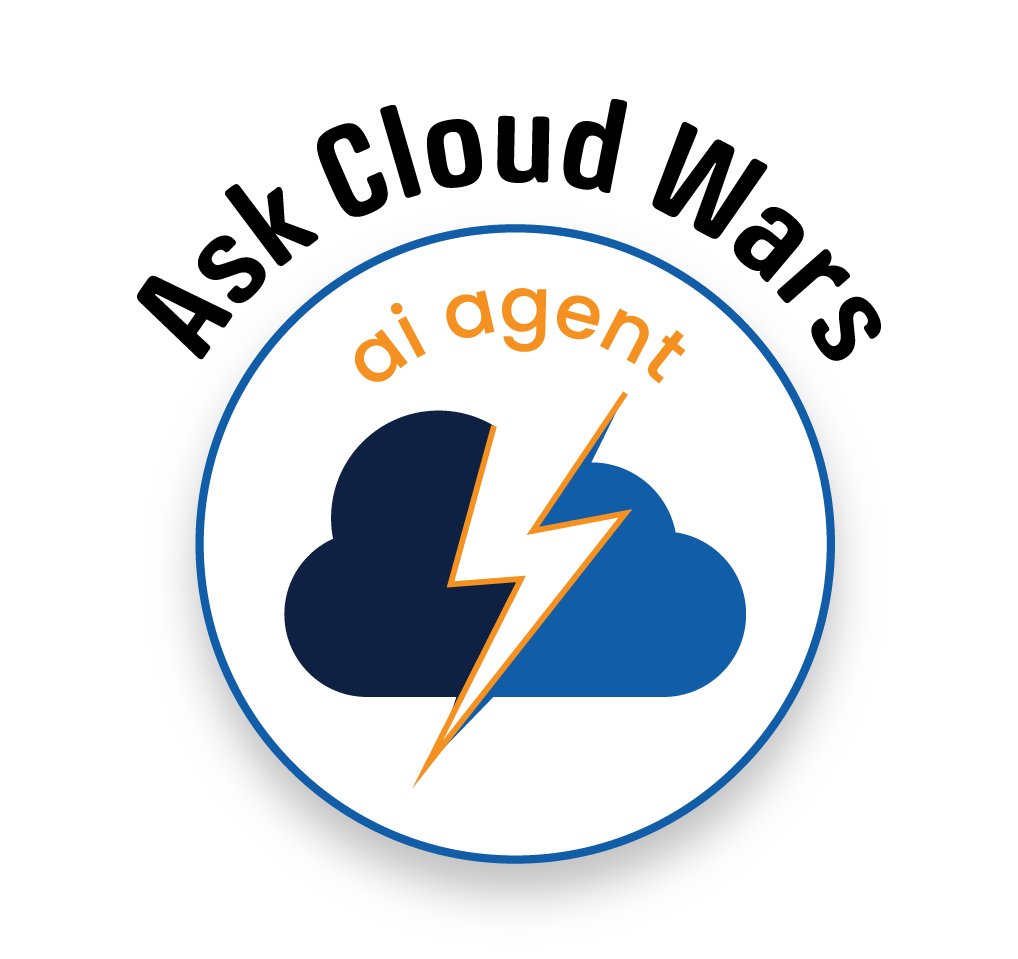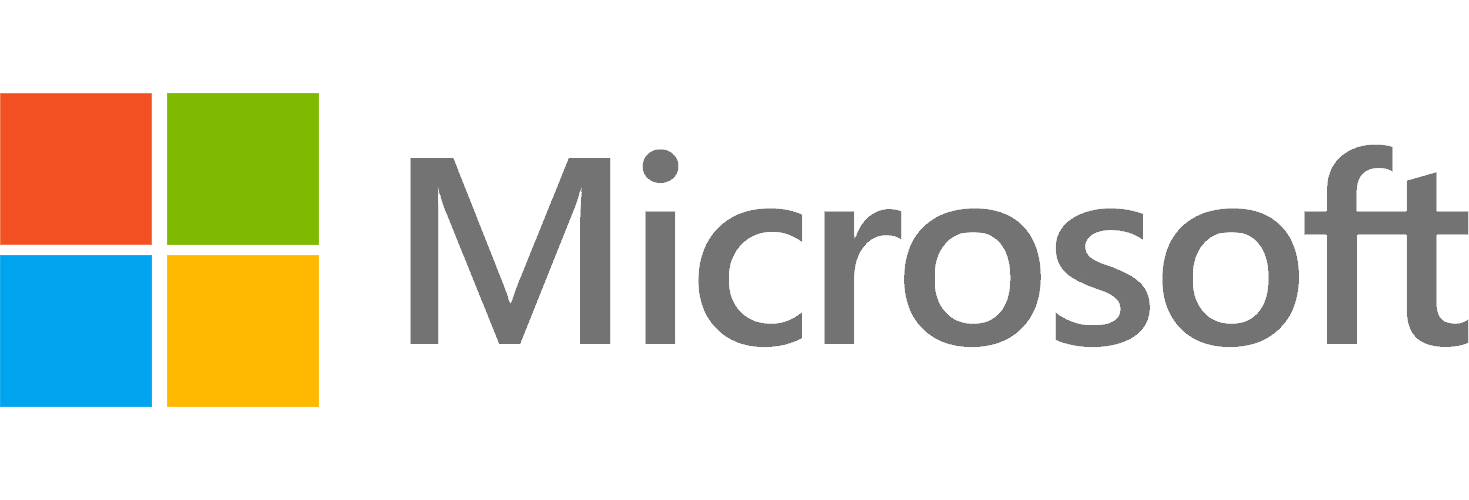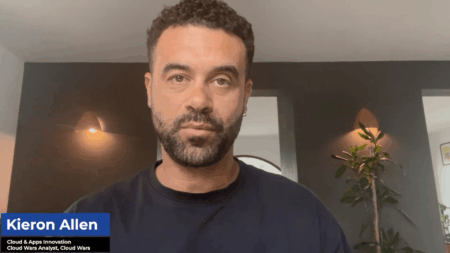
Welcome to the AI Agent & Copilot Podcast, analyzing the latest AI Copilot and agent developments from Microsoft and its partners, delving into customer use cases, and exploring how AI plus the Cloud helps customers reimagine their business.
In this episode, Will Hawkins, AI expert and founder of RitewAI, discusses three agentic AI orchestration methods he has outlined in response to customer inquiries about making agents communicate effectively.
Highlights
Customer Needs and Agent Mix (01:09)
Hawkins explains that customers often build multiple agents for different tasks such as customer service triaging, lead qualification, and audit trust history. The need for agents to communicate with each other has led to the emergence of agent-to-agent protocols such as A2A. Customers are exploring both building their own agents and acquiring them from vendors.
Sequential Orchestration (02:59)
The first orchestration method Hawkins has documeted is called sequential orchestration — a linear process of connecting agents in an assembly line; it’s suitable for well-defined workflows like quote-to-cash processes. Sequential orchestration is limited by its brittleness and inability to handle stochastic processes.
Hawkins highlights Copilot Studio as the best platform for multi-agent orchestration due to its built-in support of A2A. Copilot Studio allows for easy setup of agent flows and multi-agent orchestration without significant coding. Other platforms like Azure Logic Apps and Power Automate can also support sequential orchestration.
Dispatch Orchestration (07:18)
The second method, dispatch or concurrent orchestration, is also known as the parallel problem solver. It involves multiple agents working on the same task and synthesizing their responses to provide a comprehensive solution. Dispatch orchestration is useful for critical thinking and preemptive analysis, allowing multiple perspectives to be considered. This method is particularly useful in departments like marketing, sales, finance, and HR, where different agents can provide specialized insights.
Limitations include higher costs due to running multiple agents simultaneously and potential redundancy. He shares examples of small prototypes using dispatch orchestration for sales lead management and customer support. The tech infrastructure, such as Semantic Kernel and Azure AI Foundry Agent Service, supports this method, but it is more common in professional code development.
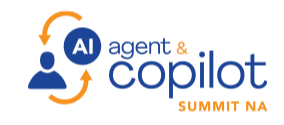
AI Agent & Copilot Summit is an AI-first event to define opportunities, impact, and outcomes with Microsoft Copilot and agents. Building on its 2025 success, the 2026 event takes place March 17-19 in San Diego. Get more details.
Generative Orchestration (12:51)
The third method, generative orchestration, is also known as dynamic orchestration with intelligent routing. It uses metadata to match user requests with appropriate agent topics, providing a more intuitive and flexible approach. Generative orchestration is less deterministic and can lead to compliance issues. Copilot Studio and Azure OpenAI are the primary platforms for generative orchestration, with Copilot Studio offering the best user experience for designing and managing agent flows.
Customer Deployments and Future Trends (16:57)
Hawkins predicts a maturity curve where customers start with sequential orchestration, move to dispatch orchestration, and eventually adopt generative orchestration as they build trust in AI agents. The progression will depend on the complexity of the processes and the level of control required.
Conclusion and Acknowledgments (18:04)
Hawkins is now on the programming committee for AI Agent and Copilot Summit in March 2026. Will expresses his appreciation for the opportunity to discuss the methods and looks forward to contributing to the summit.
Ask Cloud Wars AI Agent about this analysis
